
Heat-related illnesses are severe medical conditions that can develop rapidly, particularly during hot weather or intense physical activity. While many people use the terms "heat stroke" and "heat exhaustion" interchangeably, they are distinct conditions with different symptoms, risks, and treatments. Understanding these differences can be life-saving, as heat stroke is a medical emergency; however, if untreated, heat exhaustion can progress to heat stroke.
For athletes, outdoor workers, and even those enjoying a summer day, recognizing the signs of these conditions is crucial. While most people recover from heat exhaustion with proper care, heat stroke requires immediate medical intervention to prevent organ damage or death.
Let’s break down the key differences between heat stroke and heat exhaustion, including symptoms, causes, and necessary responses.
Understanding Heat-Related Illness
Heat-related illnesses occur when the body is unable to regulate its temperature effectively, often due to prolonged exposure to high temperatures or strenuous activity in hot conditions. These conditions range in severity, from mild heat exhaustion to life-threatening heat stroke. Recognizing the symptoms and understanding the differences between these illnesses is crucial for timely intervention and prevention.
What is Heat Exhaustion?
Heat exhaustion is a condition caused by excessive loss of water and salt through sweating. It often occurs during intense physical activity in hot environments. Symptoms include:
- Heavy Sweating: A key sign of the body trying to cool itself.
- Weakness and Fatigue: Resulting from dehydration and electrolyte imbalance.
- Dizziness and Nausea: Common indicators of the body’s struggle to maintain normal function. If untreated, heat exhaustion can progress to heat stroke, making prompt cooling and hydration essential.

What is Heat Exhaustion
What is Heat Stroke?
Heat stroke is the most severe form of heat-related illness and is a medical emergency. It occurs when the body’s temperature rises above 104°F (40°C) and the cooling mechanisms fail. Symptoms include:
- Hot, Dry Skin: Sweating may stop, leading to dangerously high body temperatures.
- Confusion or Unconsciousness: A sign of the brain being affected by the heat.
- Rapid Heartbeat: The body’s attempt to compensate for the heat stress. Immediate medical attention is critical to prevent organ damage or death.
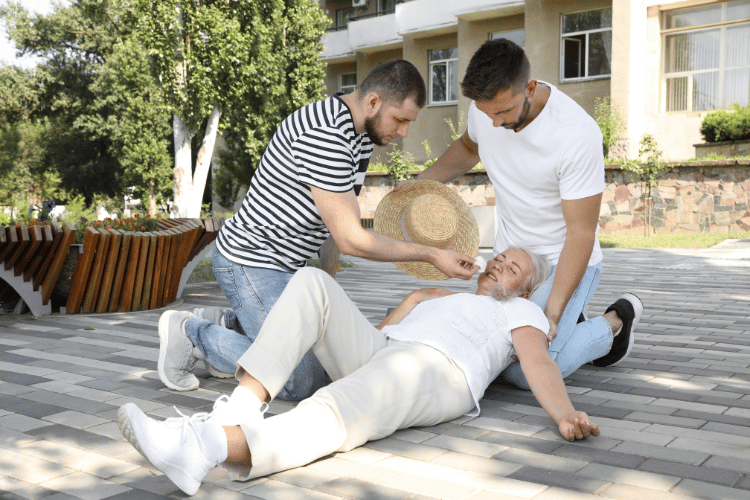
What is Heat Stroke
Common Heat-Related Illnesses
In addition to heat exhaustion and heat stroke, other heat-related illnesses include:
- Heat Cramps: Painful muscle spasms caused by loss of electrolytes.
- Heat Syncope: Fainting due to sudden drops in blood pressure from heat exposure.
- Heat Rash: Skin irritation caused by excessive sweating. Understanding these conditions and their symptoms can help prevent complications and ensure proper care during hot weather.
Symptoms of Heat Exhaustion and Heat Stroke
Heat-related illnesses, such as heat exhaustion and heat stroke, can escalate quickly if not addressed. Recognizing their symptoms is essential for timely intervention and prevention of severe complications. While both conditions result from prolonged heat exposure, their symptoms differ in severity and urgency, making it crucial to distinguish between them.
Recognizing Symptoms of Heat Exhaustion
Heat exhaustion occurs when the body loses excessive water and salt through sweating, leading to dehydration and fatigue. Common symptoms include:
- Heavy Sweating: A sign of the body’s effort to cool down.
- Weakness and Fatigue: Caused by dehydration and electrolyte imbalance.
- Dizziness or Fainting: Resulting from reduced blood flow to the brain.
- Nausea and Vomiting: Indicating the body’s struggle to cope with heat stress.
- Cool, Clammy Skin: Despite the heat, the skin may feel cool due to excessive sweating.
Identifying Symptoms of Heat Stroke
Heat stroke is a life-threatening condition that occurs when the body’s temperature regulation fails. Symptoms include:
- High Body Temperature: Core temperature exceeding 104°F (40°C).
- Hot, Dry Skin: Sweating may stop, leading to dangerously high body heat.
- Confusion or Disorientation: A sign of heat affecting brain function.
- Rapid Heartbeat and Breathing: The body’s attempt to compensate for heat stress.
- Loss of Consciousness: A critical indicator requiring immediate medical attention.
Comparing Symptoms of Heat Exhaustion and Heat Stroke
While both conditions share some symptoms, such as dizziness and nausea, key differences exist:
- Sweating: Present in heat exhaustion but often absent in heat stroke.
- Skin Condition: Cool and clammy in heat exhaustion, hot and dry in heat stroke.
- Severity: Heat exhaustion is less severe and can often be managed with rest and hydration, while heat stroke is a medical emergency requiring immediate intervention.
Understanding these symptoms helps ensure prompt action and prevents heat-related illnesses from becoming life-threatening.
Key Differences at a Glance
| Factor | Heat Exhaustion | Heat Stroke |
|---|---|---|
| Sweating | Heavy sweating | Little to no sweating |
| Skin Condition | Pale, clammy | Hot, red, dry/damp |
| Pulse | Rapid and weak | Strong and rapid |
| Consciousness | Dizziness, but alert | Confusion, unconsciousness |
| Body Temperature | Elevated but below 104°F (40°C) | Above 104°F (40°C) |
| Treatment | Cooling down, hydration | Emergency medical intervention required |
Heat Cramps: A Related Condition
Heat cramps are a mild yet significant form of heat-related illness, often serving as an early warning sign of more severe conditions like heat exhaustion or heat stroke. These painful muscle spasms typically occur during or after intense physical activity in hot environments. Understanding their causes, prevention, and treatment is essential for managing heat-related health risks and avoiding progression to more serious conditions.
What are Heat Cramps?
Heat cramps are involuntary muscle spasms caused by the loss of electrolytes and fluids through excessive sweating. They commonly affect muscles used during physical activity, such as the calves, thighs, and shoulders. Symptoms include:
- Sudden, Painful Muscle Spasms: Often occurring during or shortly after exercise.
- Tightness or Hardness in Muscles: A result of electrolyte imbalances.
- Fatigue and Weakness: Accompanying the cramps due to dehydration.
Heat cramps are more likely to occur in individuals who are not acclimated to hot conditions or who engage in prolonged physical exertion without adequate hydration.
Prevention and Treatment of Heat Cramps
Preventing heat cramps involves maintaining proper hydration and electrolyte balance. Key strategies include:
- Stay Hydrated: Drink water or electrolyte-rich beverages before, during, and after physical activity.
- Avoid Overexertion: Take breaks in shaded or cool areas to prevent overheating.
- Consume Balanced Nutrition: Include foods rich in potassium, sodium, and magnesium to support muscle function.
Treatment focuses on relieving the cramps and restoring hydration:
- Rest and Cool Down: Stop activity and move to a cooler environment.
- Stretch and Massage: Gently stretch and massage the affected muscles to alleviate spasms.
- Rehydrate: Drink fluids with electrolytes to replenish lost nutrients.
Link Between Heat Cramps, Heat Exhaustion, and Heat Stroke
Heat cramps can be an early indicator of heat exhaustion or heat stroke if left unaddressed. They signal the body’s struggle to regulate temperature and maintain fluid balance. If symptoms like dizziness, nausea, or confusion accompany heat cramps, it may indicate progression to a more severe heat-related illness. Recognizing and treating heat cramps promptly can prevent escalation and ensure overall safety in hot conditions.
First-Aid Measures for Heat-Related Illnesses
Heat-related illnesses, such as heat exhaustion and heat stroke, require prompt and effective first-aid measures to prevent complications and ensure recovery. While heat exhaustion can often be managed with immediate care, heat stroke is a medical emergency that demands urgent intervention. Understanding the appropriate first-aid steps for each condition, along with general tips, is crucial for managing these situations effectively.
First Aid for Heat Exhaustion
Heat exhaustion occurs when the body overheats due to excessive sweating and dehydration. To provide first aid:
- Move to a Cooler Area: Help the individual sit or lie down in a shaded or air-conditioned space.
- Hydrate: Offer water or electrolyte-rich drinks to replenish lost fluids. Avoid caffeinated or alcoholic beverages.
- Cool the Body: Use cool, damp cloths or a fan to lower body temperature.
- Loosen Clothing: Remove or loosen tight clothing to improve airflow and cooling. If symptoms persist or worsen, seek medical attention promptly.
First Aid for Heat Stroke
Heat stroke is a life-threatening condition that requires immediate medical care. First-aid steps include:
- Call Emergency Services: Dial for medical help immediately.
- Rapid Cooling: Move the person to a cool area and apply cold packs to the neck, armpits, and groin. Use ice water-soaked towels or a cool bath if available.
- Monitor Vital Signs: Check for breathing and pulse, and be prepared to perform CPR if necessary.
- Avoid Fluids: Do not give fluids if the person is unconscious or unable to swallow.
General First-Aid Tips for Heat-Related Illnesses
- Act Quickly: Early intervention can prevent the condition from worsening.
- Stay Calm: Keep the individual calm and reassured to avoid additional stress.
- Prevent Overheating: Encourage rest and hydration during hot weather or physical activity.
By applying these first-aid measures, you can effectively manage heat-related illnesses and reduce the risk of severe outcomes.
Preventing Heat-Related Illnesses
Heat-related illnesses, such as heat exhaustion and heat stroke, can often be avoided with proper precautions and awareness. By understanding how to protect yourself during hot weather or strenuous activities, you can reduce the risk of these conditions. Prevention strategies focus on staying cool, hydrated, and mindful of environmental factors to ensure safety in high temperatures.
Tips to Prevent Heat Exhaustion
Heat exhaustion occurs when the body overheats due to excessive sweating and dehydration. To prevent it:
- Stay Hydrated: Drink plenty of water throughout the day, especially during physical activity. Include electrolyte-rich beverages if sweating heavily.
- Wear Lightweight Clothing: Opt for loose, light-colored, and breathable fabrics to help your body stay cool.
- Take Breaks: Rest in shaded or air-conditioned areas during outdoor activities to avoid prolonged heat exposure.
- Plan Activities Wisely: Schedule strenuous tasks for cooler parts of the day, such as early morning or evening.
Tips to Prevent Heat Stroke
Heat stroke is a severe condition that can develop if heat exhaustion is not addressed. Preventive measures include:
- Avoid Overexertion: Limit intense physical activity during peak heat hours.
- Use Cooling Aids: Carry a portable fan, cooling towels, or misting sprays to help regulate body temperature.
- Monitor Vulnerable Individuals: Keep an eye on children, the elderly, and those with chronic illnesses, as they are more susceptible to heat stroke.
- Recognize Warning Signs: Be alert to symptoms like dizziness, confusion, or rapid heartbeat, and act quickly if they appear.
Staying Safe in Hot Weather Conditions
General safety tips for hot weather include:
- Stay Indoors When Possible: Use air conditioning or fans to maintain a cool environment.
- Protect Your Skin: Wear sunscreen, hats, and sunglasses to shield yourself from harmful UV rays.
- Stay Informed: Check weather forecasts and heat advisories to plan your day accordingly.
By following these preventive measures, you can minimize the risk of heat-related illnesses and enjoy outdoor activities safely, even in hot conditions.
Frequently Asked Questions
What are the symptoms and first-aid measures for heat exhaustion and heatstroke?
Heat exhaustion and heatstroke share some symptoms, but their severity differs. Common signs of heat exhaustion include heavy sweating, weakness, dizziness, headache, and muscle cramping. First-aid measures involve moving the person to a cooler environment, applying cool cloths, and encouraging hydration. If symptoms progress to heat stroke, which is a life-threatening condition, seek medical attention immediately and call 911.
What is the difference between heat stroke and heat exhaustion?
The difference between heat stroke and heat exhaustion lies primarily in severity. Heat exhaustion occurs when the body overheats but can still cool itself down, while heat stroke is a severe form of heat illness where the body loses its ability to regulate temperature. Heat stroke requires immediate medical attention as it can lead to brain damage or death.
What are the signs of heat exhaustion?
Signs of heat exhaustion include excessive sweating, pale skin, muscle cramping, fatigue, dizziness, and nausea. These symptoms occur when your body is unable to cool itself effectively during prolonged amounts of heat and humidity, leading to a risk of heat-related illness.
What are the signs of heat stroke?
Signs of heat stroke include a high body temperature (above 103°F), altered mental state, absence of sweating despite the heat, rapid pulse, and hot, dry skin. This condition is a medical emergency that requires immediate medical attention. If someone is experiencing heat stroke, call 911 or your local emergency services.
How does heat exhaustion occur?
Heat exhaustion occurs when the body loses excessive fluids and electrolytes through sweat, especially during high heat or prolonged exposure to hot environments. If left untreated, this can progress to heat stroke, which is life-threatening.
What should I do if I suspect someone has heat exhaustion or heat stroke?
If you suspect someone has heat exhaustion, move them to a cooler environment, provide water, and apply cool cloths. If symptoms worsen or signs of heat stroke appear, it is essential to seek medical attention immediately by calling 911 or your local emergency.
What are the risks of heat-related illnesses during hot days?
The risks of heat-related illnesses increase significantly on hot days, particularly when humidity levels rise. The body may struggle to cool itself, leading to conditions like heat exhaustion or heat stroke. People at higher risk include the elderly, young children, and those with pre-existing health conditions.
How can I cool my body during extreme heat?
To cool your body during extreme heat, stay hydrated with water, wear lightweight and light-colored clothing, and seek shade or air conditioning. Applying cool cloths to your skin and taking cool showers can also help regulate your body temperature in a heat-related emergency.
What are the long-term effects of untreated heat injuries?
Untreated heat injuries can lead to serious long-term health issues, including organ damage, neurological problems, and increased risk of future heat-related illnesses. Heat stroke, in particular, can have devastating effects if medical attention is not sought promptly.
The Bottom Line
Heat exhaustion and heat stroke are both dangerous, but heat stroke is a medical emergency that can be fatal without prompt treatment. Recognizing the early signs—such as excessive sweating in heat exhaustion versus hot, dry skin in heat stroke—can make a life-or-death difference.
Prevention is key: stay hydrated, avoid peak heat hours, wear breathable clothing, and never ignore early symptoms. For those at higher risk, such as athletes and outdoor workers, having an action plan for heat emergencies is essential.
By understanding these critical differences, you can protect yourself and others from the escalating dangers of extreme heat. Stay cool, stay informed, and act fast when warning signs appear.


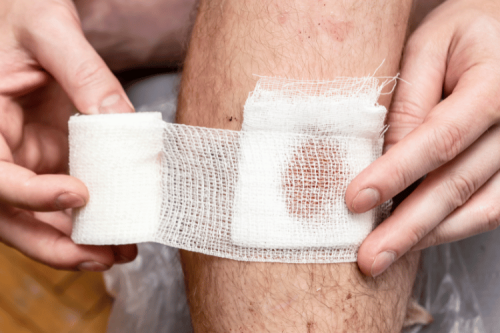

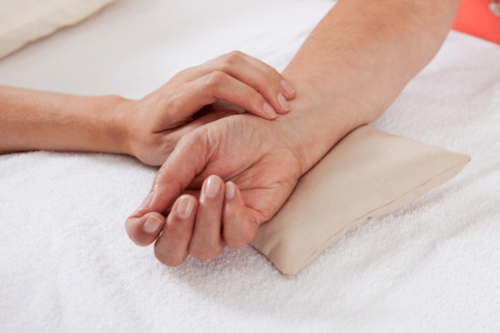
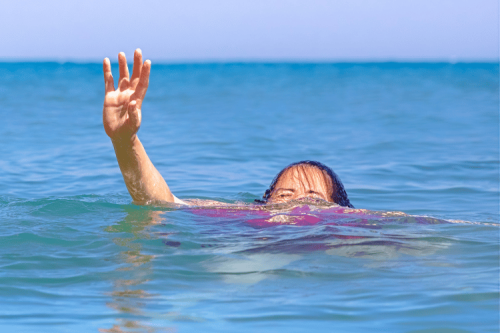
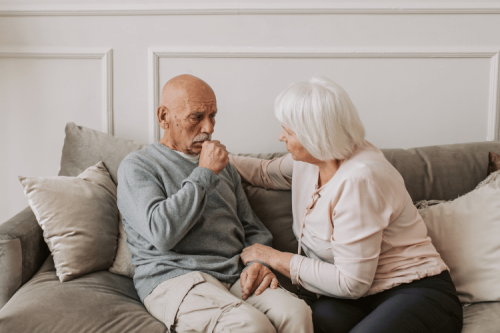
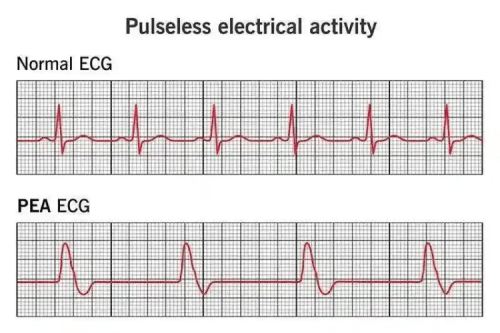
 Login with Google
Login with Google Login with Facebook
Login with Facebook